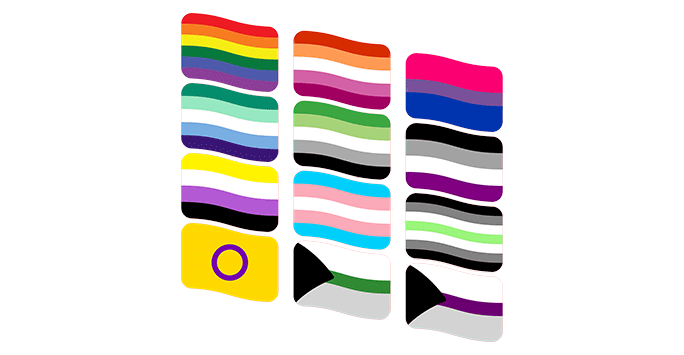
31st October 2021, I entered News From Nowhere, an independent bookstore on Bold Street. As I placed 3 items on the counter to purchase, I felt free. I bought a pin badge, a 5x3ft flag and a mini-handheld flag, all displaying a black stripe, a grey stripe, a white stripe and a purple stripe from top to bottom. These colours represent the asexual, or ace for short, flag, although I’m sure many of you may already be familiar with that flag. And although I’d long ago discovered my own asexuality, it was the first time I’d openly and proudly admitted to myself and another person that I am asexual.
Asexuality means lack of sexual attraction. There are also identities that fall under the asexuality spectrum such as demisexuality (which requires a close emotional bond with someone before they may feel sexual attraction towards them) and greysexuality (where they may feel less frequently sexual attraction or feel sexual attraction not as strongly as an allosexual person). People who do not fall into the asexuality spectrum are reffered to as allosexual, meaning bisexual, homosexual, heterosexual and so on are all allosexual identities. Asexuality does not mean I don’t want a romantic relationship, many aces are alloromantic, meaning many of us want a romantic relationship and feel romantic attraction. Some people are aromantic meaning they do not experience romantic attraction but I am alloromantic.
Although it may seem that the hardest part of my identity as a gay ace trans man to accept was my gender, it was actually my asexuality that was the longest and hardest part of my identity to accept. Trans masculine representation in the media is definitely poor and there are very few examples, but the representation of ace men in the media is also shockingly poor. There are very few examples of ace men in the media and many of them represent us as non-human. However, this representation means so much to me. My first encounter with representation of ace men in the media was Todd Chavez from Bojack Horseman. In season 3, when asked how he would identify his sexuality, he says he thinks he might be “nothing.” This is in response to another character feeling like Todd likes her but never really shows it. While it is such a short scene, this scene made so much sense to me - it was exactly how I felt. From the way Todd responded to the way the girl brought up the topic, I felt like I had lived through this conversation before and now I didn’t have to feel ashamed. I felt seen, heard and represented for the first time in my life. Having this representation means ace men can feel normal and ok with their identity but it also helps to reduce acephobia against ace men. I hope that someday representation of ace men in the media will be far more common and we will be presented in a positive way because it can and often does make a world of difference to how ace people feel about their asexual identity.